.png)
Creativity Found: Finding Creativity Later in Life
Real-life stories of finding or returning to creativity in adulthood.
I'm Claire, and I re-found my creativity after a time of almost crippling anxiety. Now I share the stories of other people who have found or re-found their creativity as adults, and hopefully inspire many more grown-ups to get creative.
I chat with my guests about their childhood experiences of creativity and the arts, how they came to the creative practices they now love, the barriers they had to overcome to start their creative re-awakening, and how what they do now benefits their physical, mental and emotional wellbeing.
Want to be a guest on Creativity Found? Send me a message on PodMatch, here
Creativity Found: Finding Creativity Later in Life
Janice Charles: from stress to success via a happy accident
Replacing the rigidity of council architecture with the vibrancy of bespoke hat design.
Janice Charles is the CEO of House of Charles, a bespoke hat-design business that thrives on making the seemingly impossibe, possible.
Janice's father instilled in her a belief that she could achieve anything she set her mind to, an ethos illustrated by the unique, architectural headwear she now designs for her clients and that is featured internationally in couture magazines.
Before she got to this point, however, Janice faced a challenging period of ill health linked to workplace stress, but it was through this struggle that she experienced a 'happy accident' that pushed her towards her true calling.
Her initial foray into millinery design started as a personal project to customize a hat for a race day, which quickly got her noticed and encouraged her to further explore this side of her creativity. Drawing from her childhood experiences and her father's encouragement, Janice embraced her creativity.
Her bespoke creations, which blend her architectural background with a flair for the unconventional, have garnered attention and admiration, and in thias episode Janice encourages listeners to embrace their unique creative journeys, emphasizing that even from the depths of hardship, beauty and inspiration can blossom.
Instagram: @creativityfoundpodcast
Threads: @creativityfoundpodcast
Facebook: @creativityfoundpodcast and Creativity Found group
YouTube @creativityfoundpodcast
Researched, edited and produced by Claire Waite Brown
Music: Day Trips by Ketsa Undercover / Ketsa Creative Commons License Free Music Archive - Ketsa - Day Trips
Artworks: Emily Portnoi emilyportnoi.co.uk
Photo: Ella Pallet
Buy arts and crafts techniques books, plus books by some of my podcast guests, from the Creativity Found bookshop
Help me to keep making this podcast at buymeacoffee.com/creativityfound
Want to be a guest on Creativity Found? Send me a message on PodMatch, here
Podcast recorded with Riverside and hosted by Buzzsprout
When I was studying and I was designing all these amazing creations, you had like creative license, creative flair of what you wanted to do. But obviously when you're working for a company, it's then very rigid and you have to do what they want. That was the stress that caused my oestrogen to go through the roof, the stress of the job. This was a happy accident, basically. Me being ill was actually the birth of my career. You know, we've never all been crazy. You come to me with anything that seems crazy or out of the norm, I'm right in there.
Claire. Waite Brown:Hi, I'm Claire, founder of Creativity Found. For this podcast, I chat with people who have found or re-found their creativity as adults. We'll explore their childhood experiences of the arts, discuss how they came to the artistic practices they now love, and consider the barriers they may have experienced between the two. We'll also explore what it is that people value and gain from their newfound artistic pursuits. This time I'm chatting with Janice Charles. Hi Janice, how are you? Hi Claire, I'm good, thank you. How are you? I'm very well, thank you. Start by telling me what your current creative outlet is, please.
Janice Charles:I'm Janice, Janice Charles, and I'm the CEO of House of Charles. My brand creates unique, handmade hats and headwear. I'm actually based in Liverpool. I've got a studio in Liverpool. I specialise in bespoke, also hat hire as well, for both men and women, bridal. In fact, anything that you can put on your head. And I love a challenge. So, you know, you come to me with anything that seems crazy or out of the norm, I'm right in there.
Claire. Waite Brown:Brilliant. And I think we're going to find out a bit about how you got there and how that possibly affects the kind of designs that you make. So when you were younger, did creative activities play a part in your life?
Janice Charles:As long as I can remember from five years old, I have always been creative, you know. My dad was a carpenter by trade, but my dad could turn his hand to anything also. And my dad used to teach me all the tools, the names of the tools and what to do for them. I think I was his little apprentice. But from early as five, I was like designing and making me Christmas cards for my mum and dad. I had dolls that I never really played with in the traditional sense. I was always wrapping fabric around them and trying to make clothes for them. To me, so, creativity has always been in my blood. I think I was just born with it in my blood, you know. And I was really lucky that I had a dad who supported me, you know. He just made me believe his mindset was, and that's what I always stand by today. He always used to say to me that you can do anything you set your mind to. And that's what I always tell myself, you know, being brought up with that belief, you know.
Claire. Waite Brown:Oh, that's lovely. When you were at the stage of leaving school, did you have a plan of what you wanted to do and what was your path after education?
Janice Charles:When I was at school, actually, I did modelling. Actually, where I did my duals to begin with, to be honest, is that I started, you know, training. Then I got into modelling and I did some TV extra work. So I've dabbled in all kinds of things, really, do you know what I mean? And I just... fell into this industry by accident because I actually thought I wanted to be an interior designer through watching TV and seeing Laurence Llewellyn-Bowen. And I was like, oh, I want to do that. You know, I'd love to do that. It looks amazing, exciting. So actually seeing a course advertised, I rang up my local college. I spoke to the tutor. And actually, to my surprise, when I actually started the course, it wasn't what I thought it was. Because... I was just going in for the carpets and the curtains and all the nice stuff, you know. And this course was called three-dimensional design. So within that course, we did do interiors, but the interior design was after you'd done the space planning, the surveying, you know, drafting the plans, drafting everything else. And for the first few years, like, we dabbled. We did the art test and space planning and then for the next year you could do project design. After two weeks of joining, I was like, oh no, this is like, it's over my head, it's harder than I thought. To my surprise, we had our first assessment. I was getting merits and I was like, how did this happen, do you know what I mean? It's like, you know... What it did do is it taught me to think outside of the box, you know, all the things that we had to do, you know, because it was a brief. You had to problem solve, come up with an original design, draft the plans, and really gave you, like, real thinking skills of what you wouldn't normally, you know, think of, how to do things in a different way. So that really surprised me. I was getting married to my first assessments, and then from then on, I continued to be in the top three in the class, you know, so... And I was actually getting distinctions. So I did that. And I was actually going to go to university. I actually got places. And my tutor, he said to me, it's amazing that you've got these places, he said, and you are that good. He said, my son went to university. My son and I was like over £20,000 in debt. I would take your portfolio around and go and knock on a few doors. Anyone, he said, would give you a job. He says, I would give you a job. So... I was like, that's a bit of a weird information coming from you two. So I just threw it away. So I did actually take his advice. Funnily enough, not long after I'd actually seen him, they were advertising for trainees in my local council for architecture. So I actually took my portfolio. And to my surprise, I was actually taken on. And then I was actually then sent, paid for on-job training for my HND through my local council. I became an architect through that. So, you know, the advice that my teacher gave me, although probably quite unorthodox, it was the right thing to do. So when I was working for the council, obviously when I was studying and I was designing all these amazing creations, you had like creative license, creative flair of what you wanted to do. But obviously when you're working for a company, it's then a very rigid structure. And you have to do what they want. And unfortunately for me, the projects I was working on in my council was school and office refits, which obviously didn't have the same kind of creativity, you know, that I'd actually went into this industry for. And it became not so exciting as I hoped, unfortunately. And in the end, it just actually made me ill. And I took time off. I took a year off due to ill health.
Claire. Waite Brown:How did the ill health manifest then?
Janice Charles:Unknown to me, the stress causes me to have an hormone imbalance. I had an estrogen dominance, which actually caused me to have uterine fibroids. And I was having periods like for 12, 15 days at a time, constantly in pain. That was the stress that caused my estrogen to go through the roof. The stress of the job, the stress of unfortunately having had a male boss who... I didn't like to say the word sexist, but, you know, it was one of them. In fact, my partner even warned me at the time when I started. He actually said to me, be careful, he said, because I am like a sponge. I learn things really quickly. And he said to me, people become threatened by you because they think you come in and take their job. And I think in the end he was right because the mailbox that I did have, I think he just tried to keep me down because he's seen I was picking things up so quickly. So I wasn't really getting... You know, the opportunities that I should have done and the things that I was getting was very boring and mundane. So it did actually take a toll on me in the end, you know. But having said that, I do believe that things happen for a reason, even though we can't see it at the time.
Claire. Waite Brown:Janice, did you associate, you think, the physical symptoms of your illness with your experiences at work? Were you recognising stress? Were you putting things together?
Janice Charles:You don't automatically think that that's what's causing your illness. It wasn't until I got diagnosed and then they said, it's the stress that causes you certain levels to go through the roof. Obviously then it made sense to me, you know, that it was actually that. Is there treatment for the physical symptoms? Is
Claire. Waite Brown:that how it gets better?
Janice Charles:Well, yeah. So I went all around the house before I actually got it. First of all, they put me on a progesterone. That actually made me worse. Like, I was putting on weights. I really had bad headaches. I was feeling sick with it. They were told my hysterectomy. Obviously, I didn't want one, do you know what I mean? So I did actually do my research then to try and find out, you know, which treatments for it. It took me years. When I first had it, I had a male doctor who didn't really take me seriously. So that was a battle in itself. You know, I was complaining to him about the pains and the periods. And he had me on all these... treatments beforehand, the hormone therapy, you know, before he actually agreed to send me to the consultants. That in itself was a battle just to get to the consultants, you know.
Claire. Waite Brown:Yeah. Let's move on to the more cheerful side of things then. How did you start making hats?
Janice Charles:Where did that come from? This is one of the good things that actually came out of me working for my local council because we actually went to Ladies Day, our group, Within the council, I'd never been in a race before. I was looking for a hat for myself. I couldn't actually find anything that I liked. So I bought a plain black hat and I customised it. Everybody was like, oh my God, your hat's amazing. Because of my illness, I was really bored. When I started feeling a bit better, I'm a very spiritual person. I do believe being creative feeds yourself. So it does actually try and make you feel better. So I already had the sewing machine. Because of course I used to do, I actually have like materials left over. And one day I just opened the cupboard. I've seen all these materials left over from the courseworkers that we used to have to design it. But we used to have to do scaled models of our design. So I had all the materials, I had like fabric, wire, you name it, I had all that left over in the cupboard. And I don't even know where this came from. I just looked at it and I just thought to myself, I can make a house out of that. I don't even know where I came from because I've never made a hat in my life. I thought, you know what, I'm going to try. You know, I'm going to have a go at this. So I actually made two hats, my experiment hats. Well, they were more like headpieces then. So I said to my partner, do you like my hats? And he went, oh, he said, they're amazing. And we said, have they just come to town? I went, no, I made them. He went, you made them? I went, yeah. He said, get them on eBay, he said, to test them all, OK, you know. So I put them on eBay. I put them on for three days, and within that time, I had over 700 views on them. And both of them sold for £23.50 each. And I was absolutely made up. A couple of years later, I'd seen a competition advertised, called Who Wants to Be a Millionaire? They used to create some unique headwear. So I made a piece. You had to take a photograph and send it. And then I received a phone call saying to me I'd entered the competition, I'd been shortlisted. My designs being shortlisted, I was 2,500 to the final 12. And I cut the screens. I couldn't believe it. I couldn't believe it, you know. So as part of the competition, the piece that he designed was then actually put into John Lewis's in Oxford Street. So it was for Ascot. I'd never been to Ascot. So obviously, my partner was as excited as I was. And he actually bought us tickets for Ascot that year. And we actually went to London. But I actually went to John Lewis's the day before. hoping to see my hat. And I was so disappointed that it wasn't there because it was being sold. So I was like, I wanted to actually see it there, you know. And that was the start of it. And I thought to myself, it was only ever a hobby because through maleness, it was something trying to take my mind off being ill and to keep my hand in creativity because I've always been creative even as a child. So it was a hobby. And this was still in hobby mode, all this was happening. And then that made me realise, well, actually, if I can, out of all those people, I was an amateur, self-choice. And I've managed to beat such stiff competition. And then it was actually sold in John Lewis. It was actually £220. And that was in 2010. So then I kept on upskilling myself. YouTube, best classroom in the world. You know, things that I couldn't work out how to do, go and have a look at, you know, YouTube videos. And again, in hobby mode. I was seeing a photographer advertising for designers. And I messaged her. I sent some photographs of my stuff. She was like, oh, they're amazing. So she had a photo shoot with her. Those were actually featured in a magazine. And that was before I'd even launched my business. So these are all obviously positives, you know, that were given me at the conference. This was a happy accident, basically. Me being ill was actually the birth of my career. You know, we've never all been creative. And the first I had... an influencer from Liverpool who's seen me on Twitter and asked if she could wear my piece. And the very first year, it was Ladies' Day, and it was actually in the middle of Pearl Echo. We were there wearing it. So that was my very first year. And then I've been blessed and extremely grateful that since then I've had my designs featured in magazines, local press, and international press up to now, you know. So that's the amazing thing about it, you know. It's like, you know. You have a style. Tell me a bit about your actual creations. Well, yeah. So once again, obviously, because with me doing the architecture and this isn't even a conscious decision, everybody recognises my piece because I've got my own style because they are very architectural, very structural. I've always loved being different and unique. I think the architecture, what it did and that course was basically teaching me to think outside of the box. So they're completely different from what you'd But see, I don't actually call myself a milliner. I call myself a hat designer because, you know, my piece of people say that they're wearable ass, you know. They can say they immediately want to tell me background. It all makes sense because they're architectural, you know. I think all those disciplines really fused into my design style, you know.
Claire. Waite Brown:Yeah. You've been explaining the success that the brand has had. And this is a question quite often asked of my guests, especially those who take what was a hobby or something that was good for their well-being and then put the business side on top of it. Do you find now that The business element of having a business gets in the way of the creative process and the benefits you get from creating your designs. I think
Janice Charles:it does because, unfortunately, I mean, it's always been like this. Even when I was an architect, I hated the technical side, which sounds really weird. I just wanted to get to the actual design. Nothing's changed, you know, I'm still the same. I love to design. I think I can design with my eyes closed, basically. I love that side. And the business side, the marketing and accounts and all that kind of thing, and trying to draw my customers, you know. Obviously, I need to do, but that is a bit more difficult for me because it's not natural to me the way design is.
Claire. Waite Brown:Yeah, I think a lot of people will say exactly the same thing. And how are your stress levels and how is your health now?
Janice Charles:So much better. I mean, obviously you'll always be stressed if you've got your own business. It comes with the territory really, you know, but I think especially working for yourself is stressful, but I wouldn't change it for the world. I think once you change, once you work for yourself, I don't think you could ever go back and work for somebody else. And, you know, I control what I want to do, the projects I want to take and the customers, you know, I've still got that controlled. And yeah, Things can go wrong and often do. Do you know what I mean? And then you end up having to restart or it's taking you longer. And I can be there until four o'clock in the morning sometimes. And I've been working throughout the day trying to meet the deadline for the customer. That is stressful. But having that said, when my customer actually comes to pick her up, the reaction on their face, that's what makes it all worthwhile. Oh, good.
Claire. Waite Brown:Fabulous. Thanks so much, Janice. How can people find you and connect with you and see your designs?
Janice Charles:Thank you. You can find me on Instagram, House of underscore Charles. You can also find me on Google, House of Charles. I'm based in Liverpool. And anything, you know, even if you think in your head it's not possible, the crazier the better. You know, I'm all for full approaches, you know. I will... You know, design anything thing put on your head, basically, men or women. Well, within reason, obviously. But yeah, I love a challenge, you know. But I do specialise in bespoke. If you were to bring your amphoterium fabric, I'd create your piece just unique to you. Brilliant.
Claire. Waite Brown:Thank you so much, Janice. It's been really lovely to chat with you today. Oh, you too, Claire. Thank you so much. You're welcome. I hope you enjoyed this episode. If you did, perhaps you'd like to financially contribute to future episodes at buymeacoffee.com/ creativityfound. There's a link in the show notes. If you are listening on a value for value enabled app, such as Fountain, True Fans or Podcast Guru, feel free to send a few sats my way. And if you have no idea of what I'm talking about, you can find out more by listening to my sister podcast called Podcasting 2.0 in practice.
Podcasts we love
Check out these other fine podcasts recommended by us, not an algorithm.

Multispective
Jennica Sadhwani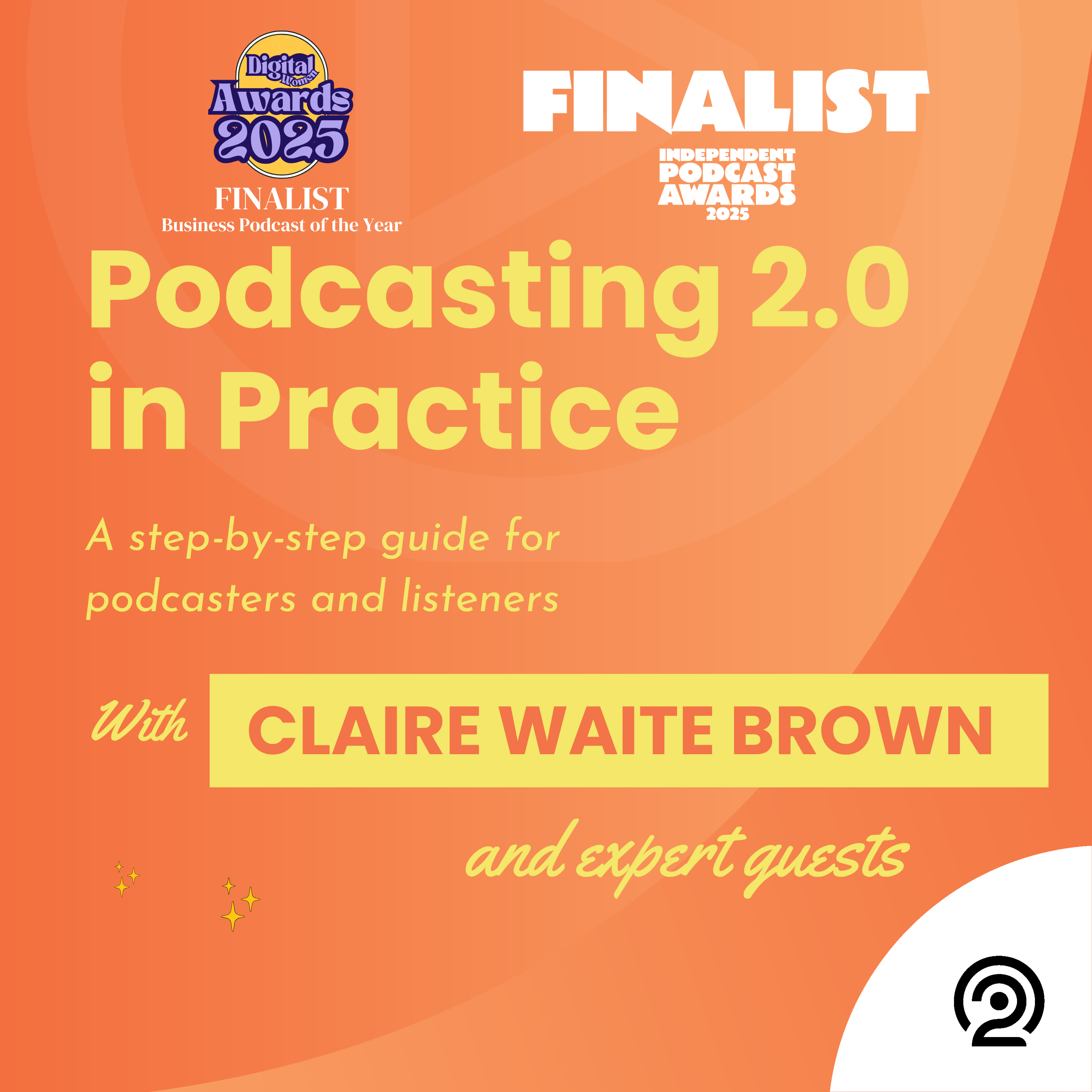
Podcasting 2.0 in Practice
Claire Waite Brown
The Adult Ballet Studio
Elizabeth Blosfield
The Late Bloomer Actor
David John Clark
In Ten Years Time
Tricia Duffy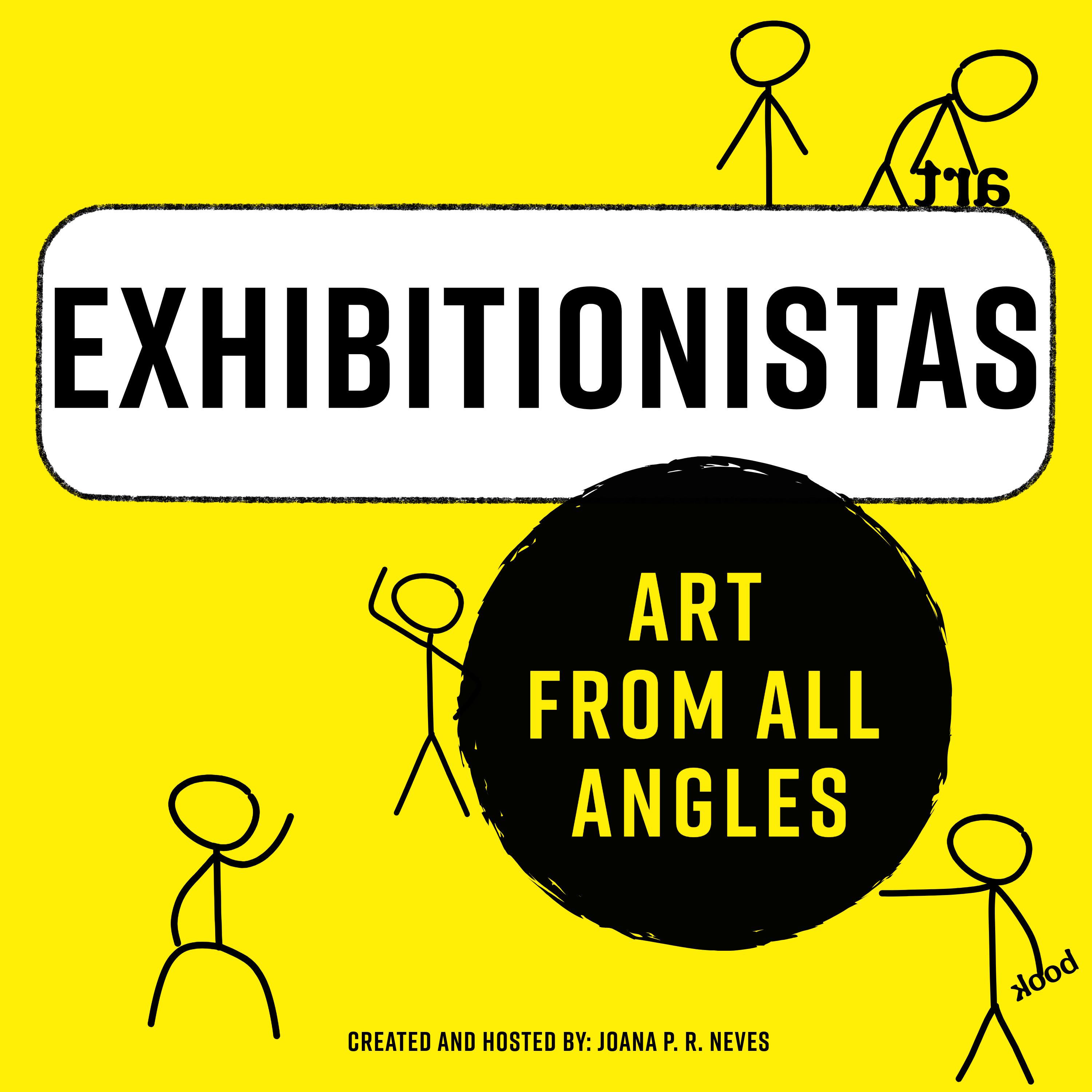
Exhibitionistas
Joana P. R. Neves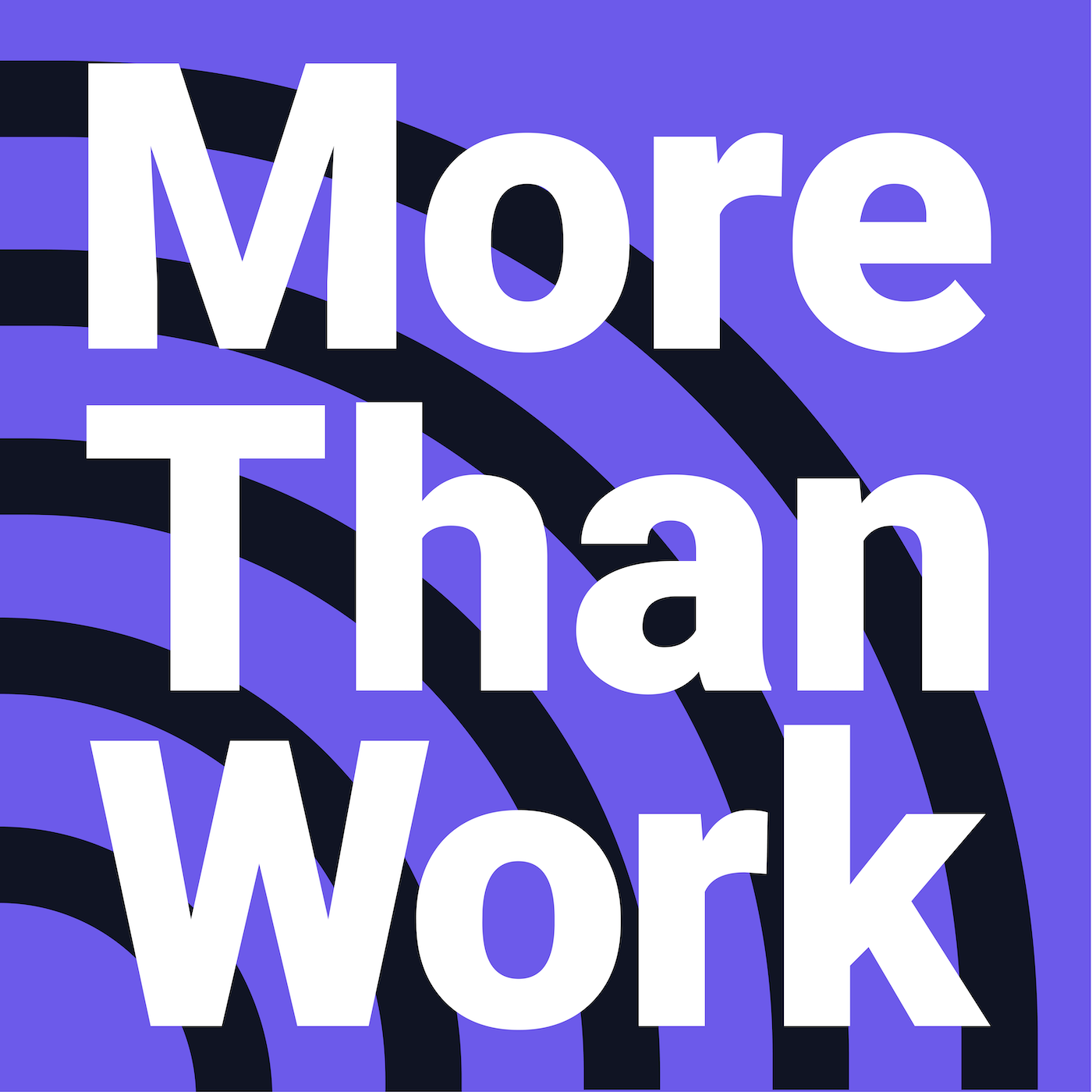
More Than Work
Rabiah Coon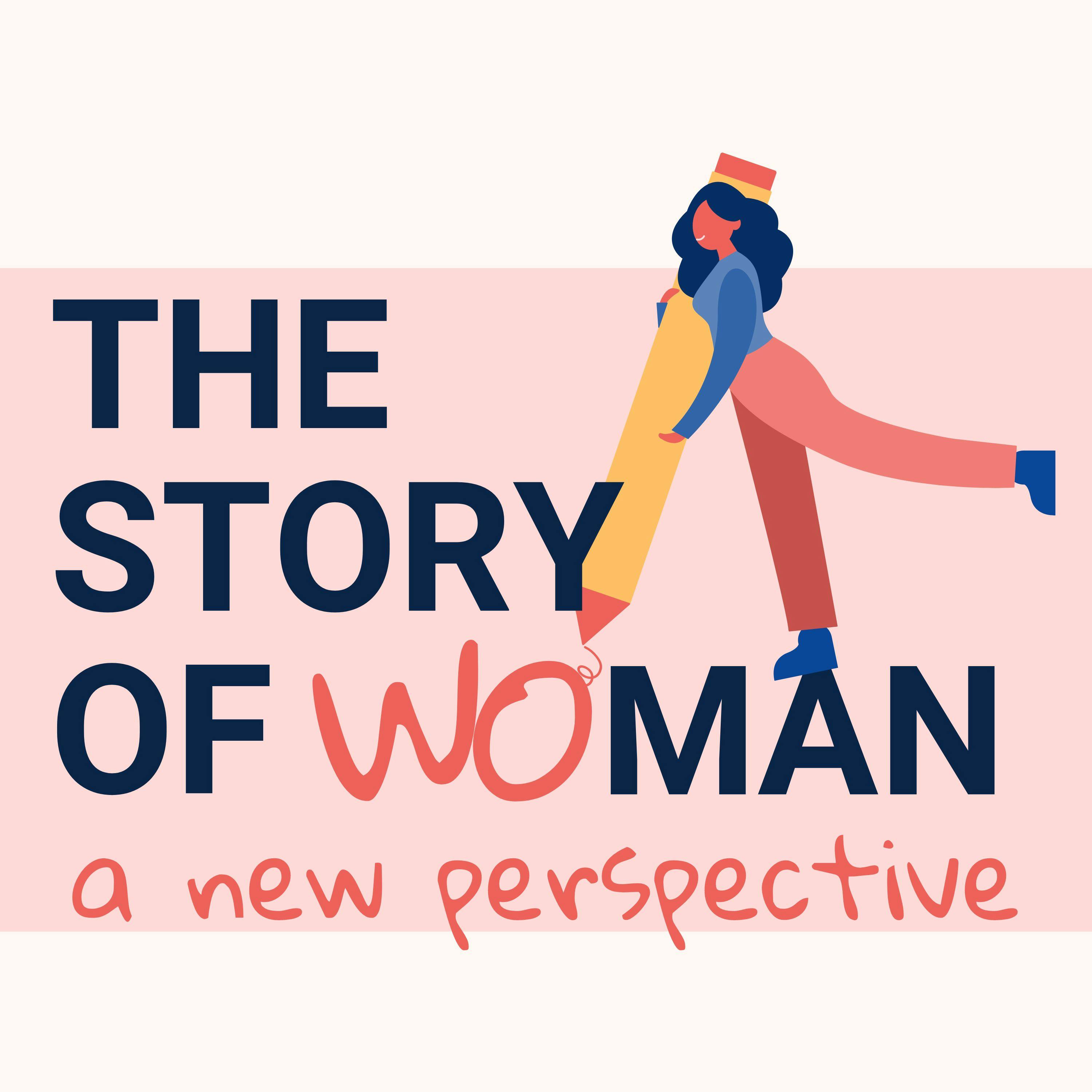
The Story of Woman
Anna Stoecklein
Dreamful Bedtime Stories
Jordan Blair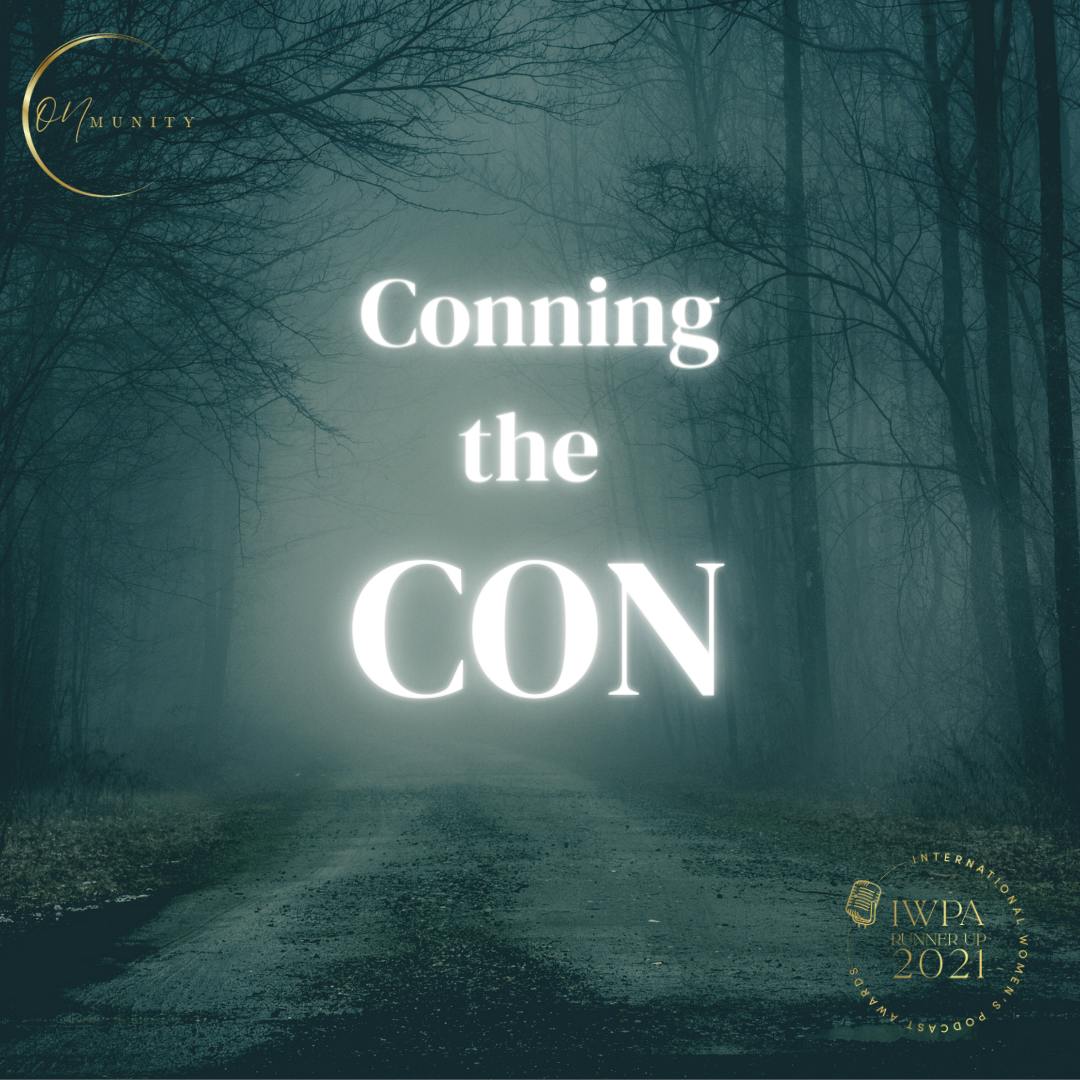
Conning the Con
Evergreen Podcasts & Sarah Ferris Media
Watching Two Detectives
Evergreen Podcasts & Sarah Ferris Media
Podnews Weekly Review
James Cridland and Sam Sethi









